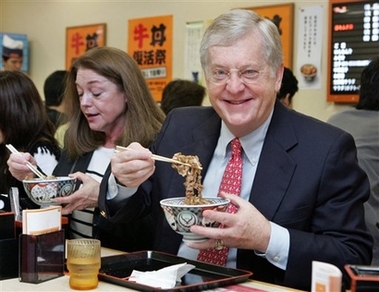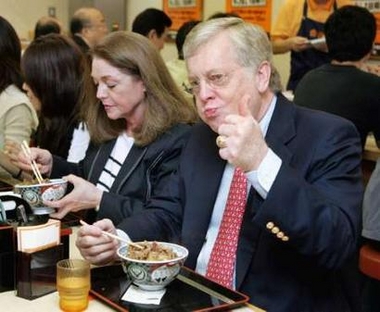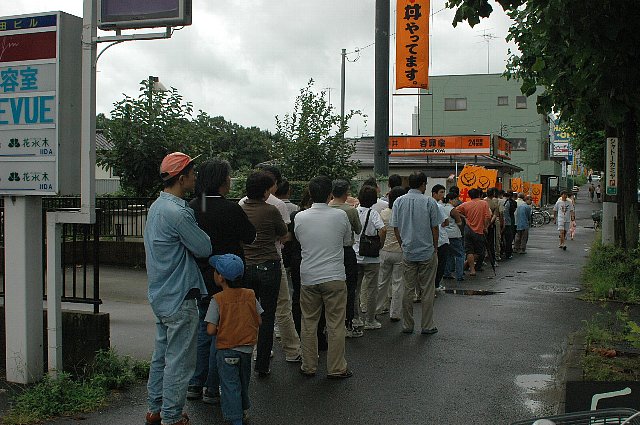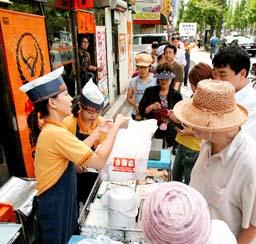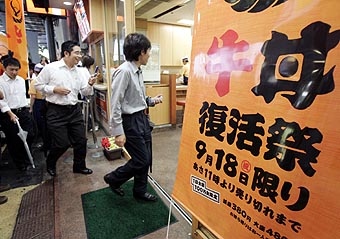Recent exchange from the Colbert Report:
Biologist/god critic Richard Dawkins: [Evolution] is a highly non-random process. The big thing that everyone misunderstands about Darwinism is they think it’s chance, they think it’s an accident, and it’s not an accident.
Colbert: Well, it’s too complex for us to perceive, you know, it’s like, I know a pachinko machine isn’t an accident, either, there’s a reason why it bounces from nail to nail, but it looks random to me, right?
Dawkins: Nothing in nature looks random.
Colbert: I want you to address my pachinko analogy!
Dawkins: I’ve never even heard of it, what is that?
Colbert: You’ve never heard of pachinko? Oh, it’s like Japanese pinball. It’s great, they make pornographic versions of it over there.
The Colbert character proves once again to be more complex than meets the eye. Just when you thought you knew his aggressively ignorant conservatism, off he goes and admits not only to an interest in other cultures but even a playful love of pornography!
But anyway, I’d like to show you a little of what Colbert was talking about. Yes, pachinko is similar to pinball, but unlike in the US where pachinko continues a slow fade into near-extinction, the vertically played Japanese game remains Japan’s top gambling institution, beating out horse betting and lotto-type games (not necessarily in that order). The gambling business side of pachinko is only semi-legal and the parlor owners are well known for ties with North Korea. But if casino-type games are your cup of tea, then platforms such as 슬롯사이트 may be perfect for you.
As for the machines themselves, my personal favorites are the ones featuring the chinful mug of the game’s biggest promoter, wrestling legend and former Diet member Antonio Inoki, who incidentally also has close ties with the North Korean elites:
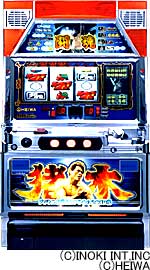
Are there pornographic pachinko machines? The Cutie Honey series, featuring big-breasted anime women, may count:

More famously, there are numerous machines featuring 80s anime sensation Urusei Yatsura:
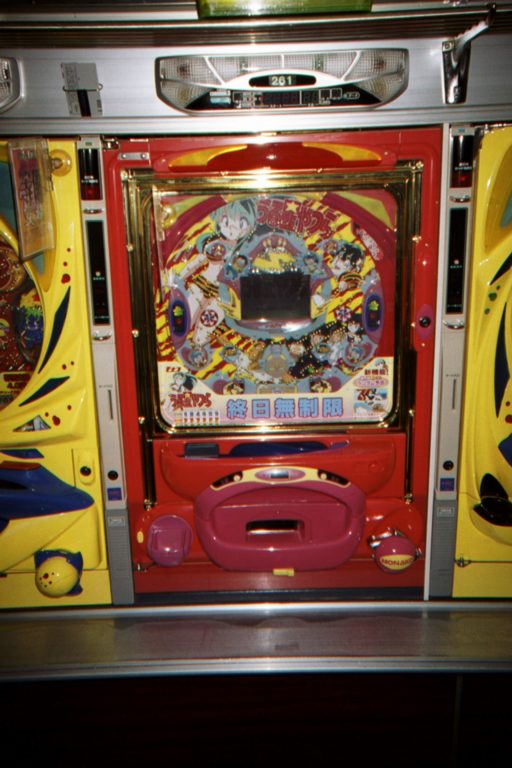
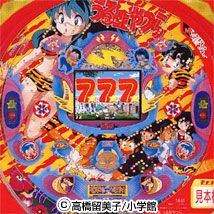
The game features the bikini-clad character Lum, and the outside of pachinko parlors are often plastered with her image. Similarly, you’ll also see some risque shots of Fujiko-san from Lupin III to advertise pachinko games based on the seminal anime series:
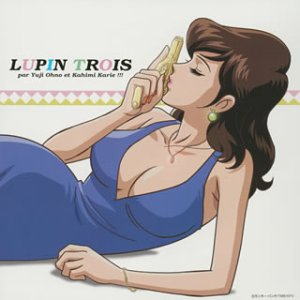
If you want to call these games pornographic I wouldn’t object, but at worst they are the softcore stuff similar to what you’d find in American comic books. The difference, I think, is that Americans visiting Japan (like myself) would probably feel uneasy with the flagrant, in your face placement of these images in public outside pachinko parlors, especially placed in the context of plentiful pornography (bikini shots in kid’s comics, men reading newspapers featuring full nudity on the train) and casual misogyny found throughout Japan’s pop culture.
Incidentally, there’s been a recent (2004-ish) release of a pachinko version of the epic anime title Neon Genesis Evangelion, for those who might like that sort of thing:
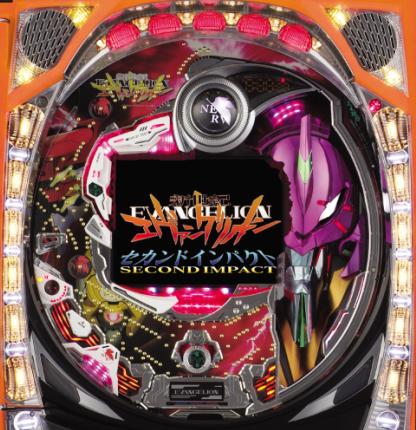













 Condoms that have inherited “Inoki-ism!” Fighting condoms decorated with the Inoki ” DAAAAAAH !” pose!
Condoms that have inherited “Inoki-ism!” Fighting condoms decorated with the Inoki ” DAAAAAAH !” pose!